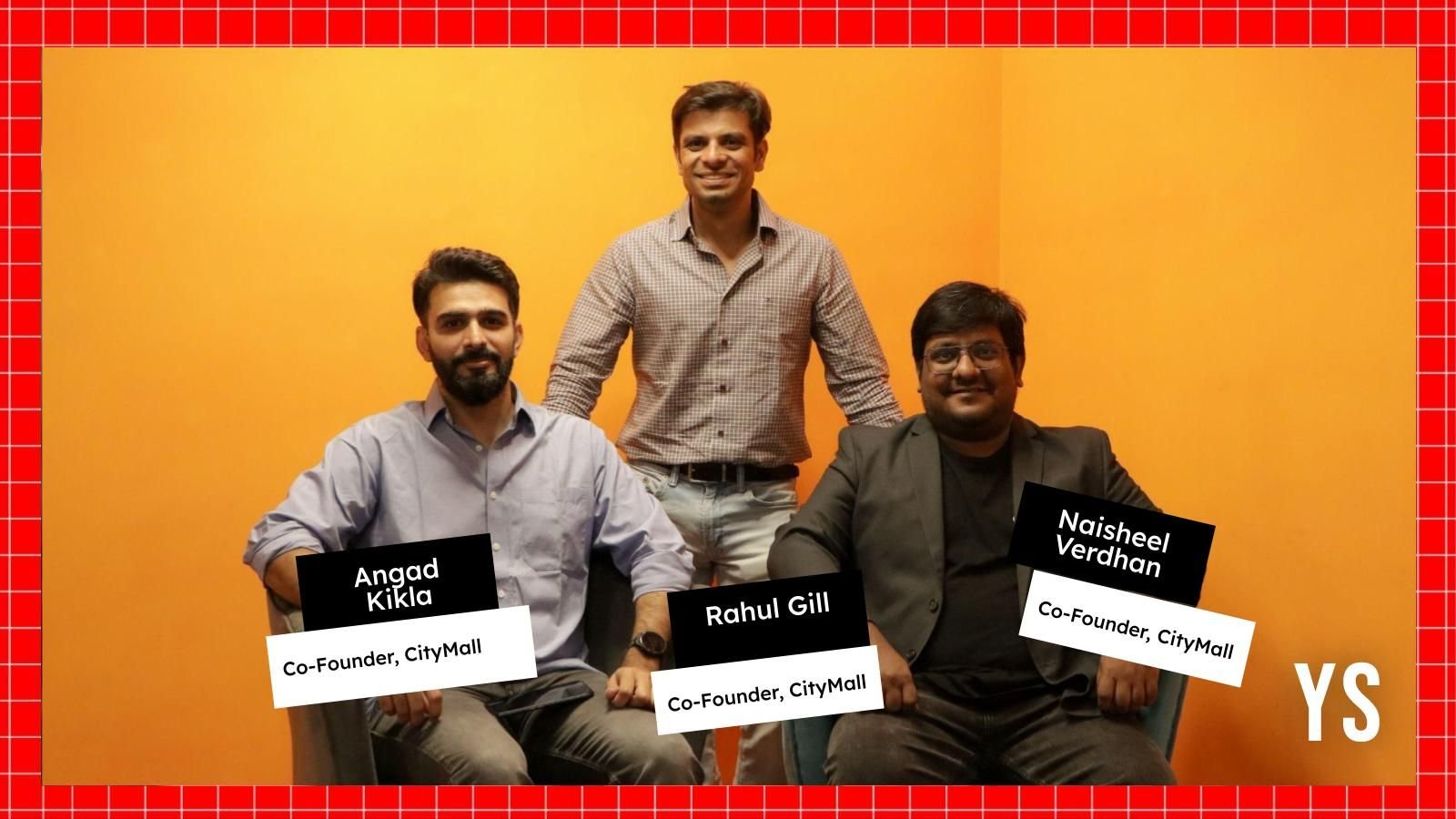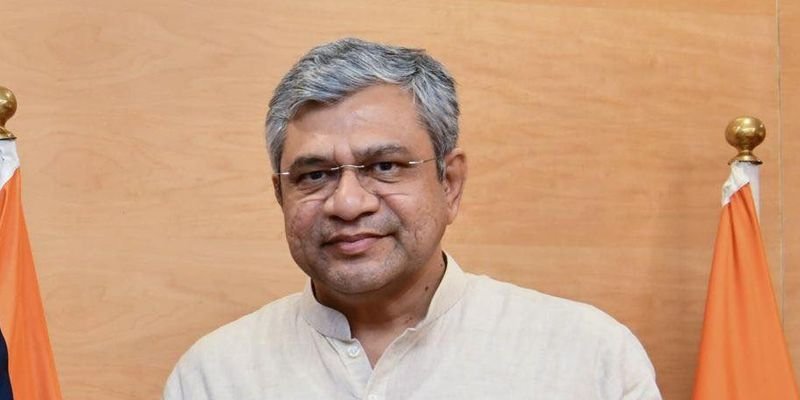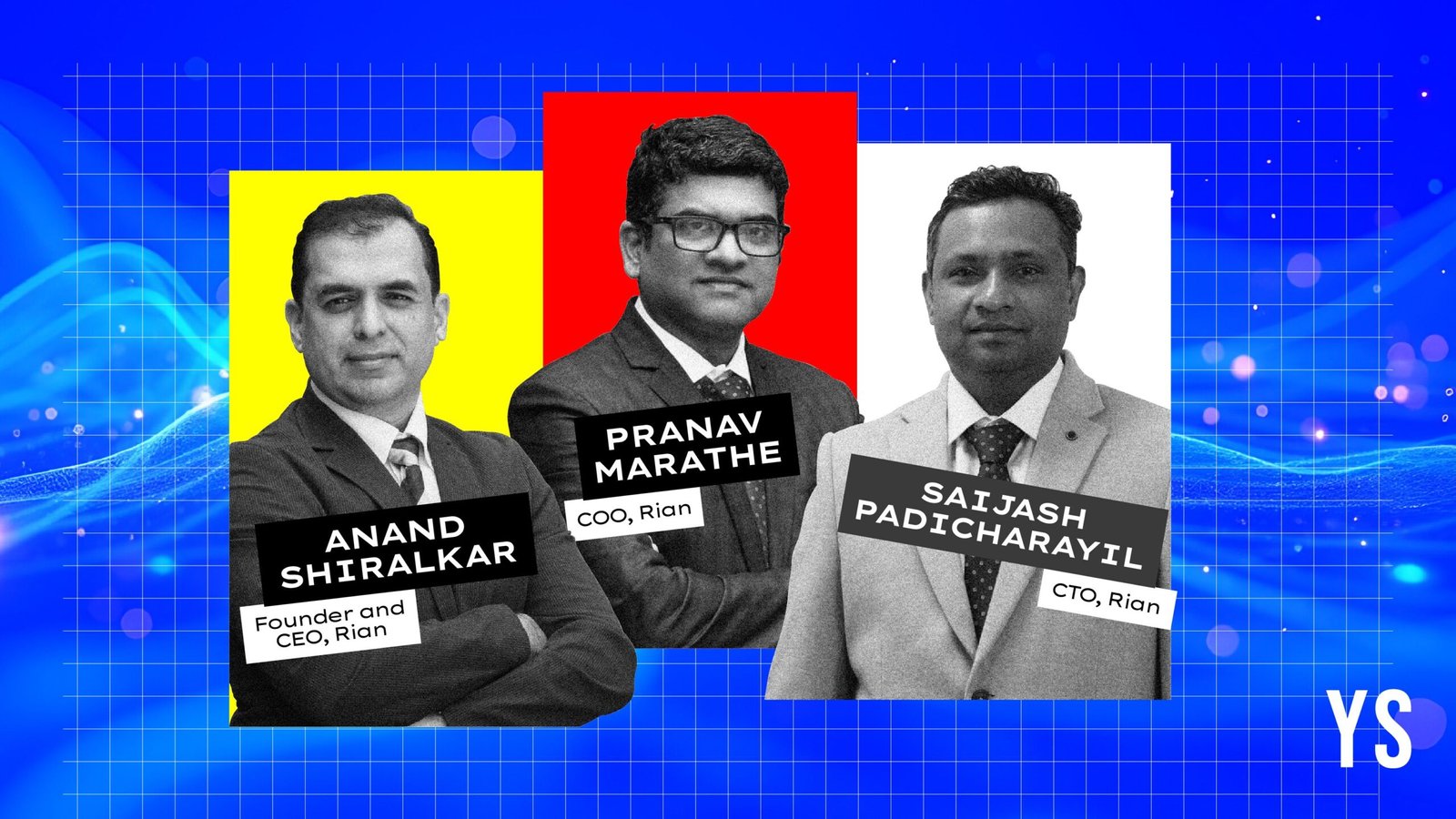Pune startup QWR bets on indigenous XR hardware to cut India’s dependence on imports

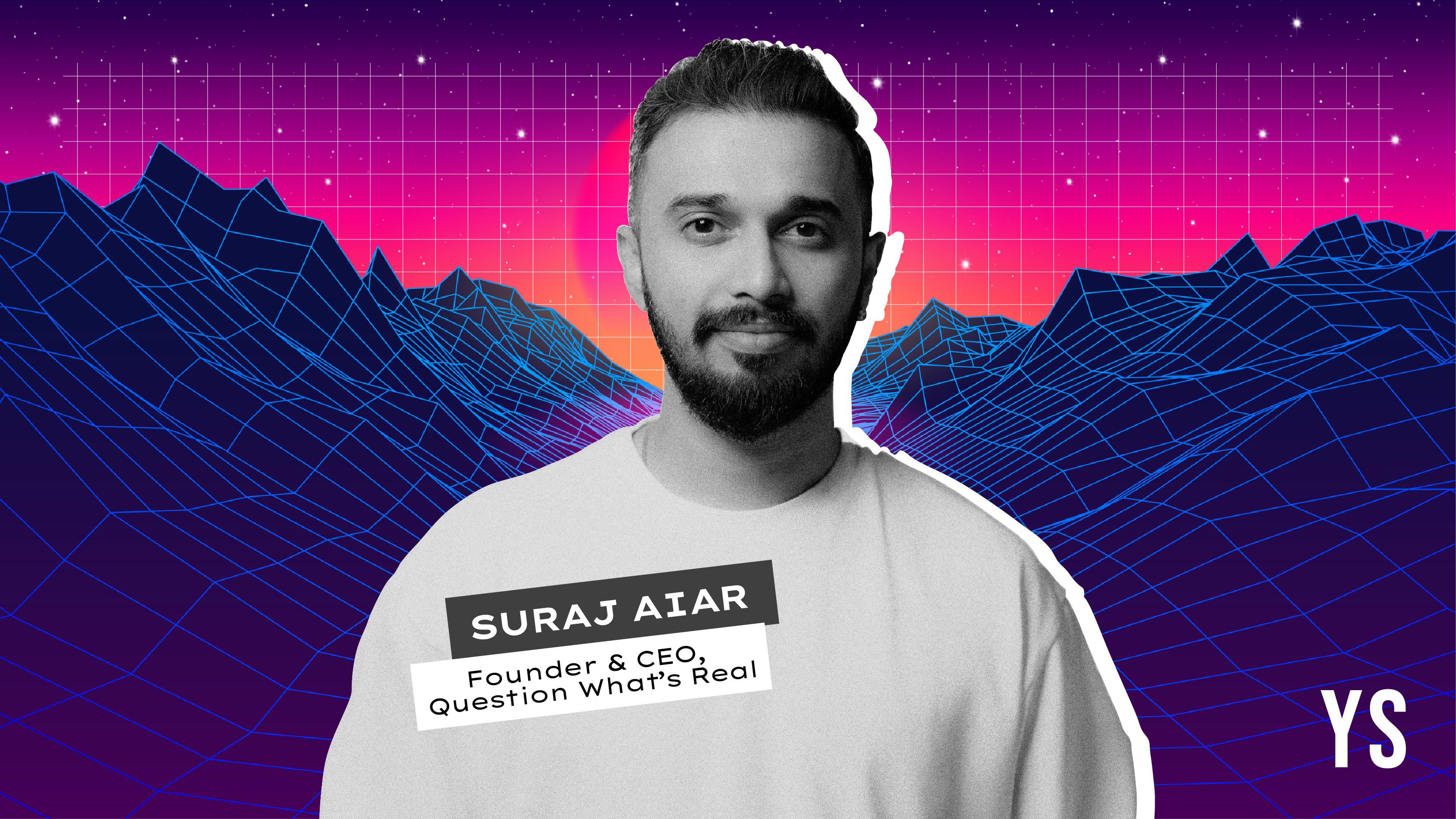
While the global XR market is growing swiftly, India’s XR ecosystem remains largely software-driven. Over 500 small and medium enterprises (SMEs) in the country develop XR applications, but only a handful of startups engage in hardware manufacturing.
Most XR devices used in India are imported, raising concerns around compliance, privacy, and customisation, especially for government and institutional clients. “This creates a substantial opportunity for indigenous hardware makers to develop XR solutions tailored to the specific regulatory and procurement requirements of the Indian market,” Suraj Aiar, Founder and CEO of QWR, tells YourStory.
Founded in 2017, Pune-based QWR is a deeptech startup building XR hardware. It designs and manufactures advanced head-worn computing devices, including Virtual Reality (VR) headsets, Augmented Reality (AR) glasses, and AI-powered smart glasses.
The startup’s focus is on enterprise applications, particularly in education, healthcare, defence, and skill training.
“If India wants to lead in AI, XR, and next-generation computing, we cannot build our future on imported foundations. Software may change the world, but without hardware, it’s just an idea. We have to own the stack,” Aiar says.
From gaming to deeptech
Aiar’s journey into XR hardware was shaped by experiences across gaming and deeptech. He began at Ubisoft, honing skills in immersive storytelling and 3D graphics, before co-founding Sina Vision, later acquired by a larger player. A defining phase came during his five years in China with a SaaS firm in computer vision and machine learning, where he worked closely with OEMs manufacturing headset components.
“That was my first close look at the supply chain for wearable computing. I realised the next big shift in computing wouldn’t be in our hands—it would be on our heads,” he recalls.
<figure class="image embed" contenteditable="false" data-id="579793" data-url="https://images.yourstory.com/cs/2/6c7d986093a511ec98ee9fbd8fa414a8/VRONEPCRENDER-1756386897307.png" data-alt="QWR" data-caption="
VRONE PC RENDER
” style=”float: right; margin-left: 20px; width:50%; height:auto”> VRONE PC RENDER
Driven by this belief, Aiar founded QWR in 2019 to build next-gen wearable computing platforms. The pandemic disrupted progress, but strong in-house R&D kept innovation alive. By 2022, with XR demand rising, QWR achieved an average 2.3X year-on-year growth.
Initially targeting education, the startup later expanded into defence, healthcare, and skilling. “We went where the barriers to entry were highest. These are sectors where off-the-shelf global products fall short, and where local trust and customisation matter most,” Aiar explains.
Enterprise focus and sectoral priorities
QWR has built its product and sales strategy around enterprise clients, distributing mainly through 15 to 16 channel partners, distributors, and system integrators across sectors like education, healthcare, defence, and skilling.
Its flagship VRone.Edu headset, aligned with NCERT K–12 curriculum, NEP 2022, Samagra Shiksha Yojana, and UN SDG 4, is deployed in 19 states and reaches 200,000+ students in government schools, Kendriya Vidyalayas, and Tier II–III towns.
<figure class="image embed" contenteditable="false" data-id="579794" data-url="https://images.yourstory.com/cs/2/6c7d986093a511ec98ee9fbd8fa414a8/VRPCGAMING-min-1756387103444.png" data-alt="QWR" data-caption="
VRPC Gaming
” style=”float: right; margin-left: 20px; width:50%; height:auto” align=”center”> VRPC Gaming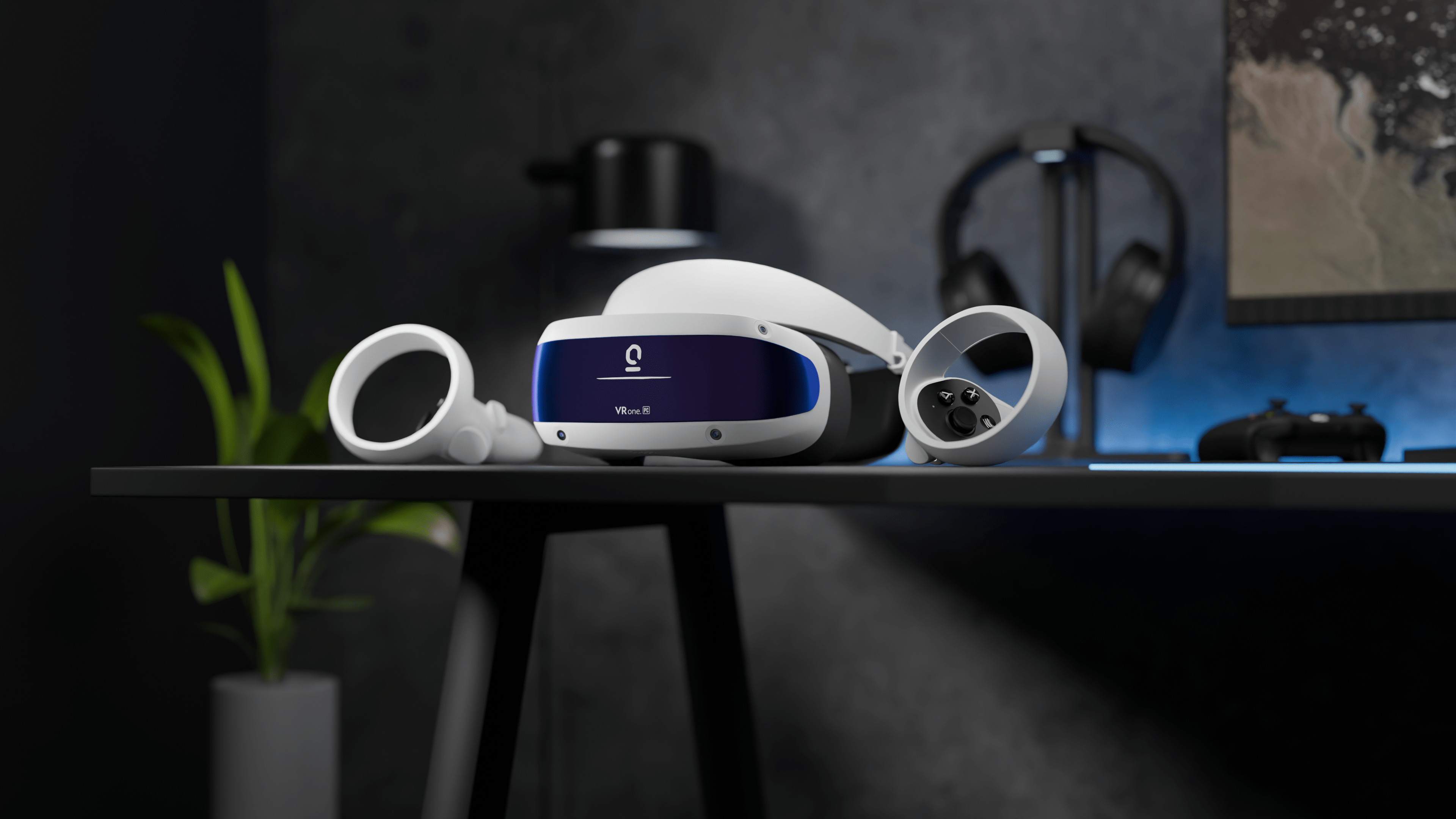
Beyond education, QWR offers VR One Pro, a mixed reality headset with 6DoF and proprietary hand-tracking for industrial training, and Oral, an audio eyewear device in consumer trials. To strengthen India’s XR ecosystem, it runs the QWR ISV Program, the country’s largest grant initiative for developers on its platforms.
The VR One Pro is priced at Rs 34,999, the VR One Edu at Rs 29,999, and the VR One PC at Rs 54,999.
In July 2025, the startup launched Humbl (HUMBL), India’s first AI-powered smart glasses on the Qualcomm AR1 platform. Weighing just 40g and resembling Ray-Ban Meta smart glasses, HUMBL supports real-time translation, POV video, navigation, meeting summarisation, object recognition, reminders, music, and multiple Indian dialects. Shipments are slated for Q4 2025.
“Launching directly to consumers without applications is a recipe for slow adoption. We want developers to experiment and build first,” says Aiar. Looking ahead, QWR plans to expand into AI audio glasses and HUD wearables, while scaling manufacturing and exports under India’s PLI scheme.
Manufacturing and policy focus
Bootstrapped since inception, QWR has been funded by Aiar’s personal investment of around Rs 2.4 crore. The startup has not raised external capital but is preparing for a strategic funding round post the current fiscal year. Its immediate focus is on qualifying for the government’s PLI scheme to enhance exports.
“We’re not chasing arbitrary valuations. Capital should be precise and purposeful. For us, PLI is a catalyst—it can multiply our export capacity significantly,” Aiar says.
QWR’s Class 1 ‘Make in India’ status grants access to government procurement portals and manufacturing subsidies, crucial for sectors like defence, education, and healthcare.
The startup manages design, engineering, and software development in-house—covering PCB design, mold tooling, sensor calibration, and OS development. Operating as a fabless ESDM, QWR currently assembles at two Pune facilities on an ad-hoc basis, with plans to launch its first fabrication unit this year.
.thumbnailWrapper{
width:6.62rem !important;
}
.alsoReadTitleImage{
min-width: 81px !important;
min-height: 81px !important;
}
.alsoReadMainTitleText{
font-size: 14px !important;
line-height: 20px !important;
}
.alsoReadHeadText{
font-size: 24px !important;
line-height: 20px !important;
}
}

“To truly indigenise, you have to hit volumes where large suppliers are willing to work with you. We expect to reach that threshold this year,” says Aiar.
QWR employs 18 people and aims to expand to 50 by year-end to match production scale-up.
Global reach and market position
QWR has shipped over 50,000 units to 17 countries, placing it among the top 10 XR hardware brands worldwide by shipment volume. In India, it competes with AjnaLens, Simulanis, and Merxius in a market projected by UnivDatos to grow from $4.84 billion in 2023 at a CAGR of 38.3% during 2024–2032.
“We differentiate ourselves by building XR devices from first principles, tailored to real-world enterprise needs. Instead of retrofitting generic hardware, our approach starts with compliance, comfort, and customisation. That allows us to address gaps where imports fall short, and build trust that’s hard to replicate abroad,” Aiar explains.
The startup holds WPC, CE, FCC, and UKCA certifications, enabling both domestic and international deployments. In sensitive use cases involving always-on cameras, QWR emphasizes transparent client discussions around privacy and compliance. “Being a local manufacturer means we can sit with clients, explain exactly where data goes, and customise systems to meet their compliance needs. That level of assurance is difficult for remote foreign vendors to match,” he adds.
Looking ahead, QWR plans to focus over the next 16–18 months on three flagship products: AI glasses, VR glasses, and a high-end headset designed to rival Apple Vision Pro. Its long-term goal is to reach $100 million in revenue, break into the global top five XR hardware manufacturers, and eventually lead the category.
“Technology cycles run in decades. We had the PC decade, the smartphone decade, and now the wearable computing decade. Our aim is to ensure India is not just a participant, but a leader in this transformation,” says Aiar.
The journey has not been easy. With no local OEMs or benchmarks, every component had to be sourced and validated from scratch. The pandemic froze revenues, but QWR sustained itself through deep in-house R&D, compliance-ready offline solutions, and strict quality controls. Scaling has been gradual but resilient, laying a foundation for long-term growth.
“Building head-worn computers in India meant creating an ecosystem that didn’t exist. The pandemic froze revenues, yet we kept innovating behind closed doors. It was never about blitzscaling, it was about surviving and laying the groundwork for a market that had no playbook here,” Aiar recalls.
Edited by Megha Reddy
Discover more from News Hub
Subscribe to get the latest posts sent to your email.




